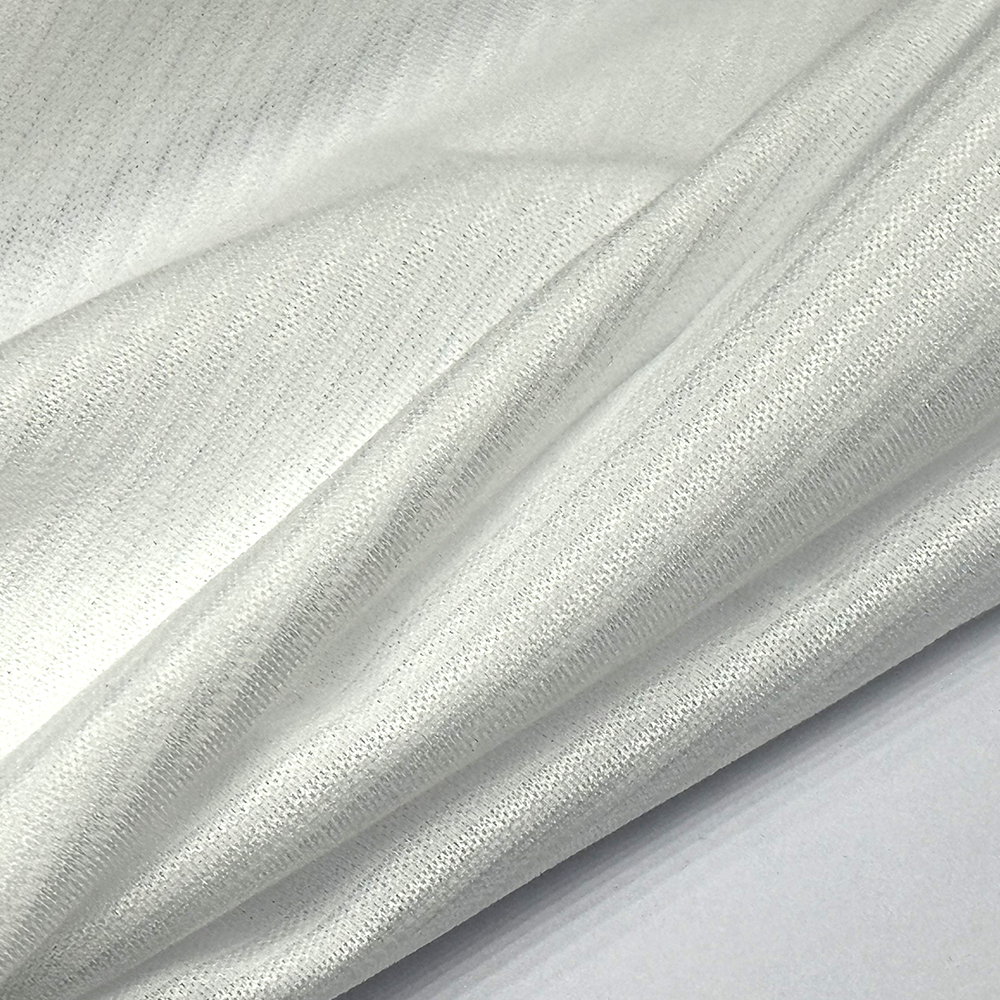Discover the Benefits of Abrasion-Resistant Fabrics for Outdoor Gear
Discover the Benefits of Abrasion-Resistant Fabrics for Outdoor Gear
Table of Contents
Introduction to Abrasion-Resistant Fabrics
What is Abrasion Resistance?
The Importance of Abrasion-Resistant Fabrics in Outdoor Gear
Key Features of Abrasion-Resistant Fabrics
Types of Abrasion-Resistant Fabrics
Nylon Fabrics
Polyester Fabrics
Ara
May 07,2025

Discover the Benefits of Abrasion-Resistant Fabrics for Outdoor Gear
Table of Contents
- Introduction to Abrasion-Resistant Fabrics
- What is Abrasion Resistance?
- The Importance of Abrasion-Resistant Fabrics in Outdoor Gear
- Key Features of Abrasion-Resistant Fabrics
- Types of Abrasion-Resistant Fabrics
- Benefits of Using Abrasion-Resistant Fabrics
- Applications of Abrasion-Resistant Fabrics in Outdoor Gear
- Care and Maintenance of Abrasion-Resistant Fabrics
- Conclusion
- FAQs
Introduction to Abrasion-Resistant Fabrics
In the realm of outdoor activities, the **durability** and **performance** of gear can significantly impact one’s experience. Abrasion-resistant fabrics have emerged as a game-changer, offering unparalleled protection against wear and tear. These specialized materials are designed to withstand the harsh conditions of the outdoors, ensuring that your gear lasts longer and performs better. This article explores the myriad benefits of abrasion-resistant fabrics, their unique features, types, and applications across various outdoor gear.
What is Abrasion Resistance?
**Abrasion resistance** refers to a material's ability to withstand surface wear caused by friction or rubbing against other surfaces. It is a critical property for fabrics used in outdoor gear, where exposure to rough terrains, sharp objects, and constant movement can lead to premature wear. Fabrics are often tested for abrasion resistance using standardized methods, and results are measured in terms of cycles endured before significant damage occurs. Higher numbers indicate more durable fabrics.
The Importance of Abrasion-Resistant Fabrics in Outdoor Gear
Using abrasion-resistant fabrics in outdoor gear is crucial for several reasons:
1. **Enhanced Longevity**: Gear made from these fabrics can endure rigorous activities, reducing the frequency of replacements.
2. **Increased Safety**: Abrasion-resistant clothing and gear protect against injuries caused by sharp objects or rough surfaces.
3. **Comfort and Performance**: These fabrics often integrate other qualities like moisture-wicking and breathability, enhancing overall user experience during outdoor adventures.
4. **Sustainability**: Longer-lasting gear contributes to reduced waste, aligning with growing environmental consciousness among consumers.
Key Features of Abrasion-Resistant Fabrics
When evaluating abrasion-resistant fabrics, several features stand out:
Strength
These fabrics possess high tensile strength, allowing them to endure significant stress without tearing or breaking.
Lightweight
Despite their durability, many abrasion-resistant fabrics are designed to be lightweight, making them ideal for outdoor use where weight is a concern.
Water Resistance
Many abrasion-resistant fabrics also feature water-resistant properties, providing additional protection against the elements.
Breathability
Breathable fabrics ensure comfort during intense activities by allowing moisture to escape while keeping the wearer dry.
Types of Abrasion-Resistant Fabrics
Understanding the different types of abrasion-resistant fabrics is essential for selecting the right material for specific outdoor applications. Here are some of the most common types:
Nylon Fabrics
Nylon is one of the most popular materials for outdoor gear due to its high strength-to-weight ratio. It is exceptionally resistant to abrasion and offers good elasticity. This fabric is often used in hiking pants, jackets, and backpacks.
Polyester Fabrics
Polyester fabrics are known for their durability and resistance to fading and stretching. They are lightweight and quick-drying, making them ideal for outdoor apparel and gear exposed to the elements.
Aramid Fabrics
Aramid fabrics, such as Kevlar, are renowned for their superior abrasion resistance and strength. They are commonly used in high-performance gear, such as motorcycle jackets and tactical clothing, where durability is paramount.
Benefits of Using Abrasion-Resistant Fabrics
Choosing abrasion-resistant fabrics for outdoor gear presents numerous advantages. Here, we delve deeper into some of the most compelling benefits:
Durability
Abrasion-resistant fabrics are engineered to withstand repeated friction and wear. This durability means gear remains intact longer, providing excellent value for the investment.
Performance Enhancements
These fabrics often integrate additional functionalities, such as moisture-wicking, UV protection, and thermal insulation, further enhancing the overall performance of outdoor gear.
Cost-Effectiveness
While abrasion-resistant fabrics may come at a higher initial cost, their durability leads to fewer replacements over time. This cost-effectiveness is particularly appealing for outdoor enthusiasts who rely heavily on their gear.
Applications of Abrasion-Resistant Fabrics in Outdoor Gear
The versatility of abrasion-resistant fabrics makes them suitable for a wide range of outdoor applications. Here are some key areas where they excel:
Clothing
Outdoor apparel, including jackets, pants, and footwear, frequently utilizes abrasion-resistant fabrics to enhance durability and protection against the elements.
Gear
Backpacks, tents, and sleeping bags benefit from the robustness of abrasion-resistant materials, ensuring these items can handle rugged use and challenging conditions.
Accessories
From gloves to hats, accessories made from abrasion-resistant fabrics provide an added layer of protection while maintaining comfort and functionality.
Care and Maintenance of Abrasion-Resistant Fabrics
To maximize the lifespan of gear made from abrasion-resistant fabrics, proper care is essential. Here are some tips to keep in mind:
1. **Follow Care Instructions**: Always adhere to the manufacturer's care label instructions to avoid damaging the fabric.
2. **Regular Cleaning**: Keep gear clean from dirt and grime to maintain fabric integrity. Use gentle detergents and avoid harsh chemicals.
3. **Proper Storage**: Store outdoor gear in a cool, dry place. Avoid folding or compressing items excessively, which can lead to creases and weaken the fabric over time.
Conclusion
In conclusion, abrasion-resistant fabrics are pivotal in enhancing the durability and performance of outdoor gear. Their unique characteristics make them highly suitable for various applications, from clothing to equipment. By investing in gear made from these materials, outdoor enthusiasts can enjoy longer-lasting protection and performance, ensuring they are well-prepared for their adventures. Understanding the benefits and specifics of abrasion-resistant fabrics will empower consumers to make informed choices that enhance their outdoor experiences.
FAQs
1. What does abrasion resistance mean in fabrics?
Abrasion resistance refers to a fabric's ability to withstand wear and tear caused by friction against other surfaces.
2. Why is abrasion-resistant fabric important for outdoor gear?
It enhances durability, safety, and performance while providing long-lasting protection against harsh outdoor conditions.
3. What types of fabrics are considered abrasion-resistant?
Common types include nylon, polyester, and aramid fabrics, each offering unique benefits in terms of strength and durability.
4. How can I care for my abrasion-resistant gear?
Follow care instructions, regularly clean your gear, and store it properly to maintain its integrity and longevity.
5. Are abrasion-resistant fabrics suitable for extreme outdoor activities?
Yes, they are designed to withstand rigorous conditions, making them ideal for a variety of outdoor adventures.
Contact Us
E-mail:
Address:
1302, Zhongjun Fortune Center, Fengli Street, Shishi, Fujian, China.









